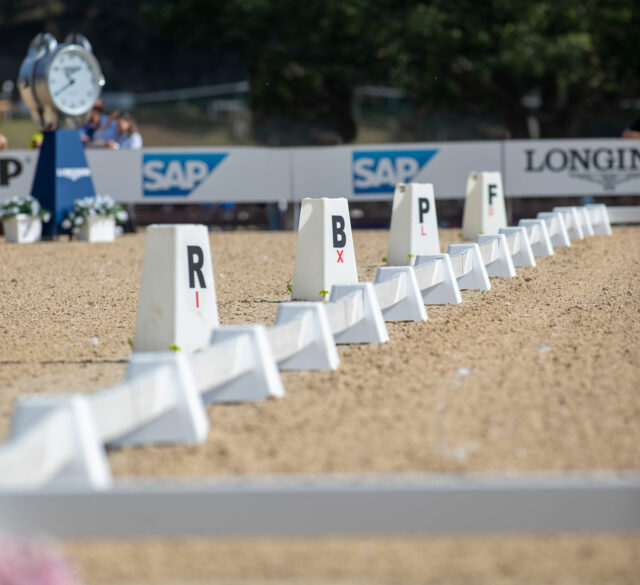
About
Athlete and horse combinations must successfully complete a dressage test on day one, followed by a cross-country course, designed with solid obstacles and natural elements, on day two. The final day of competition is a mix of technical skill and control tested by a show jumping course. Eventing is one of three Olympic equestrian sports. Like all equestrian disciplines, jumping is a gender-neutral sport with men and women competing against each other equally.

Eventing Competitions
The following section provides information on EC sanctioned eventing competitions.
Forms and Documents

Tests
Access the National Dressage Tests for EC sanctioned eventing competitions and FEI Eventing Tests here

High Performance
Programs, ranking and support for the Canadian Equestrian Team.

Athlete Development
EC facilitates the following programs for up-and-coming young athletes to support development and talent identification.

National Rankings
The aim of this pilot program is to encourage participation in EC Sanctioned Eventing competitions (horse trials), to highlight athletic excellence at the national level, and to enhance unity in the sport of Eventing across Canada through the creation of an inclusive opportunity for national competition.

Apply for Grants
Apply for bursaries to elevate your equestrian future, including the Eventing Committee Development Fund Program.
Eventing Risk Management
As the national governing body representing equestrian interests in Canada, Equestrian Canada (EC) is responsible for setting safety standards across all disciplines. The policies and procedures below exist to uphold these standards and create a safe and positive environment within EC sanctioned eventing competitions for all participants.
Medical Cards & Medical Arm Bands
In lieu of medical armbands for all competitors, in order to ensure that vital information is available to first aid or medical personnel in case of emergency, athletes must comply with the following:
- Contact Info: It is mandatory for all athletes to provide valid contact information for an emergency contact/next-of-kin. The information must be included on the entry form or provided to the event secretariat upon arrival. The organizing committee and medical officer are responsible for ensuring all information has been received before cross-country.
- Declaration of Medical Condition: Athletes with medical conditions that may be relevant* in case of a medical emergency are responsible for wearing a medical data carrier** (from a system provider able to communicate information) at all times when riding at an event. Alternatively, at minimum, a medical armband of good quality can be used. Athletes who choose to wear a medical armband can download and complete the Medical Card form below.
*Relevant conditions include recent head injuries, serious past injuries or surgeries, chronic health problems such as diabetes, long-term medications, and allergies. If in doubt about a relevant condition, the athlete should discuss with their treating physician.
**A medical data carrier (also called a medical information tag or medical alert bracelet/necklace) is a small emblem or tag worn on a bracelet, neck chain or on the clothing, and is intended to alert paramedics, physicians or first responders that the wearer has an important medical condition.
EQUESTRIAN CANADA EVENTING COMMITTEE
The EC Eventing Committee is responsible for leading the strategy on programs and services for eventing development in Canada.



